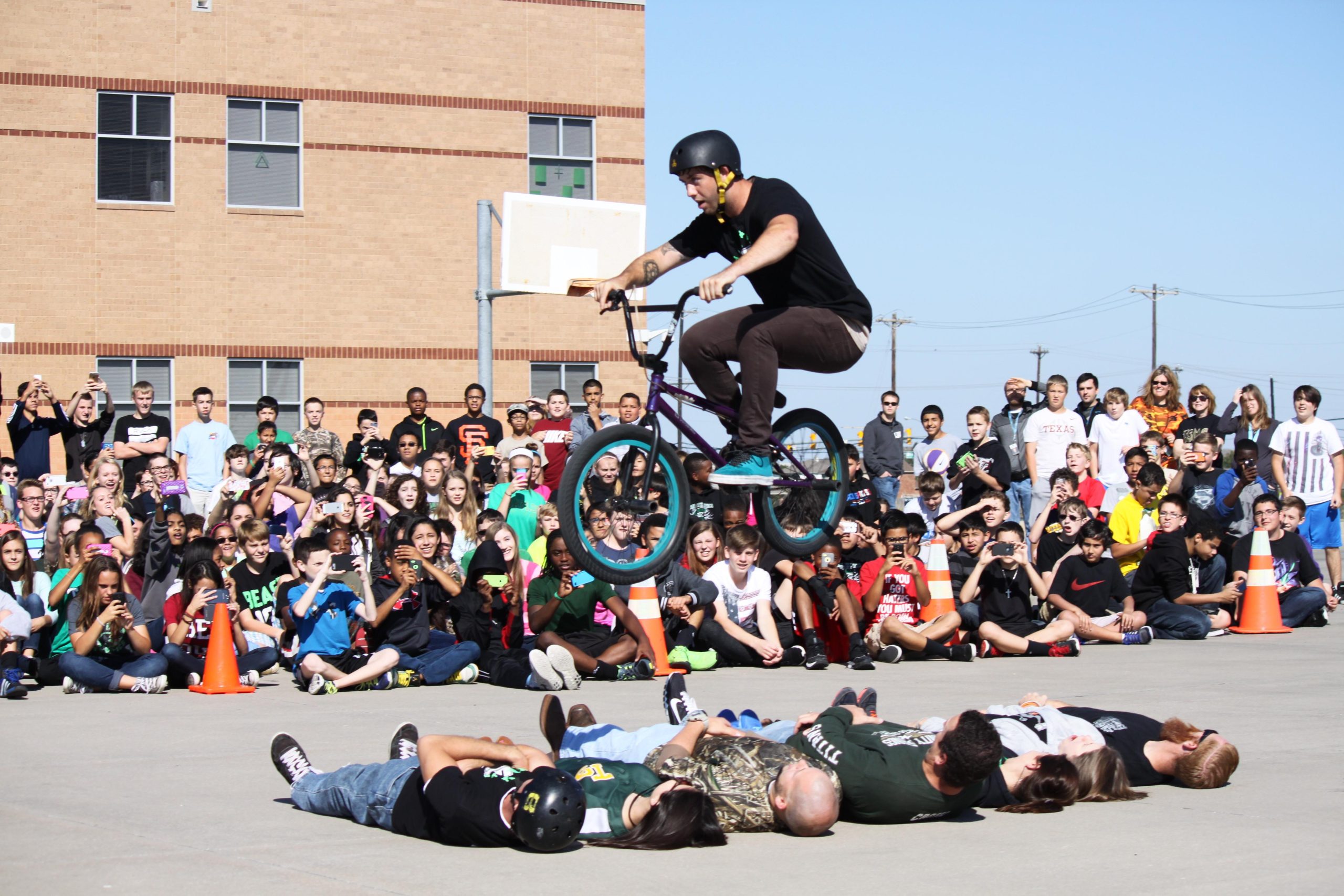Walsworth’s 2015 Photo Contest was our biggest contest to date and the number of amazing photos we received was absolutely outstanding. Thank you to all the amazing yearbook photographers who entered!
We received more than 3,700 submissions in this year’s contest – that’s a ton of awesome images. Without further ado, congrats to the following winners…



